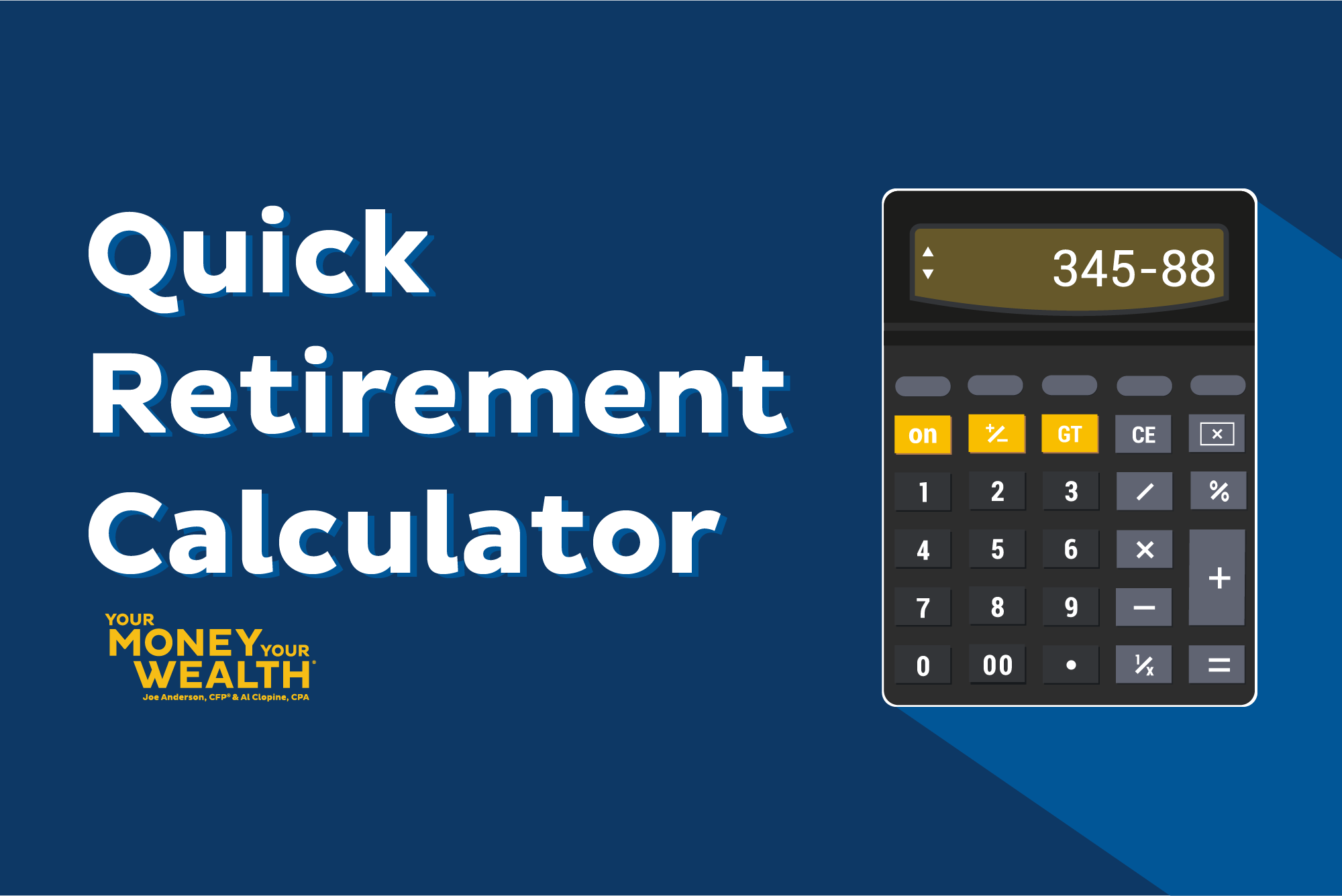

Modelling inflation is not possible because the table assumes uniform withdrawals, but if inflation is a constant 3% (which is near the RBA’s preferred rate) prices will double in 24 years. With inflation, withdrawals need to progressively increase to maintain spending power. That is the true cost of an annual fee of just 1%. The fee of 1% has truncated the income stream by almost five years. According to the table, the savings are then exhausted after only 18.85 years, not 23.79 years. Using the example above, if the adviser (or other) fee is 1%, the actual spending is 9% annually. The table can also illustrate the effects of fees. The real world has fees, taxes and inflation The table is not a prediction but it can be instructive. This table assumes constant withdrawal and earning rates over the whole time period, and it assumes no fees, taxes or inflation. It begs the question why term deposits remain so popular with retirees. The table shows that if Sue spends 8% of her savings annually and earns only 1% per year, from a term deposit for example, her savings will be exhausted in only 13.42 years. If Sue could reduce her spending to 7%, her savings will last for 33.4 years. According to this table, reading across the rows and down the columns, it will take 23.79 years until those retirement savings are reduced to zero. Therefore, Sue needs to liquidate $16,000 of capital in the first year to pay the shortfall in income and her savings balance progressively declines. Assume also these retirement savings are invested and earning 6%. Spending more than you earnĪssume Sue has $800,000 in savings and she needs an annual income of $64,000 (8%). What matters, as always, is the earning rate and the withdrawal rate. Please note the starting capital amount is irrelevant in determining how long it will last. To make the spending percentages meaningful, I have included a nominal capital value of retirement savings. It shows the number of years it takes for a starting amount of savings to reduce to zero if the percentage withdrawn is greater than the percentage income earned. Rather than simply hoping for the best, the table below provides some guidance for that planning. The critical question then is “How long before the retirement savings are exhausted?” The advice is typically “It depends…” It depends on so many uncertainties that many retirees become extremely cautious. Just like a rain water tank, if the cash outflow is greater than the cash inflow, sooner or later the tank is empty. Cash flows in from investment income and the sale of assets and cash flows out to pay a regular income stream as well as lump sums. How long before the tank is empty?įor some retirees, investment returns exceed withdrawals, their savings nest egg continues to accumulate, and they need never fear outliving their savings.įor many others, retirement savings can be compared with a rain water tank. Planning cash flow in retirement is extremely difficult because of the uncertainties about expenditure, doubts about investment returns and unpredictability about how long we are going to live. These figures don't take into consideration your own personal needs or circumstances.The Retirement Income Review (RIR) noted that many retirees leave large bequests and they would have enjoyed a higher standard of living in retirement if only they had spent some of their capital, not just the income from their investments. The lump sums required for a comfortable retirement assume that the retiree/s will draw down all their capital, and will receive a part Age Pension.Īll figures in today’s dollars using 2.75% AWE as a deflator and an assumed investment earning rate of 6 per cent. Superannuation balances for a comfortable retirement This can be greater than household income after income tax where there is a drawdown on capital over the period of retirement. These figures assume that the retiree(s) own their own home and relate to expenditure by the household. A comfortable retirement lifestyle enables an older, healthy retiree to be involved in a broad range of leisure and recreational activities and to have a good standard of living through the purchase of such things as household goods, private health insurance, a reasonable car, good clothes, a range of electronic equipment, and domestic and occasionally international holiday travel.īudgets for various households and living standards for those aged around 67 (March quarter 2022, national)


 0 kommentar(er)
0 kommentar(er)
